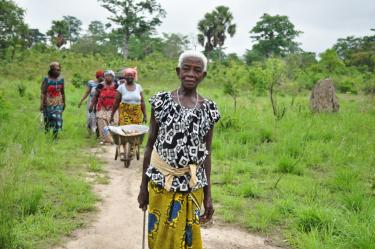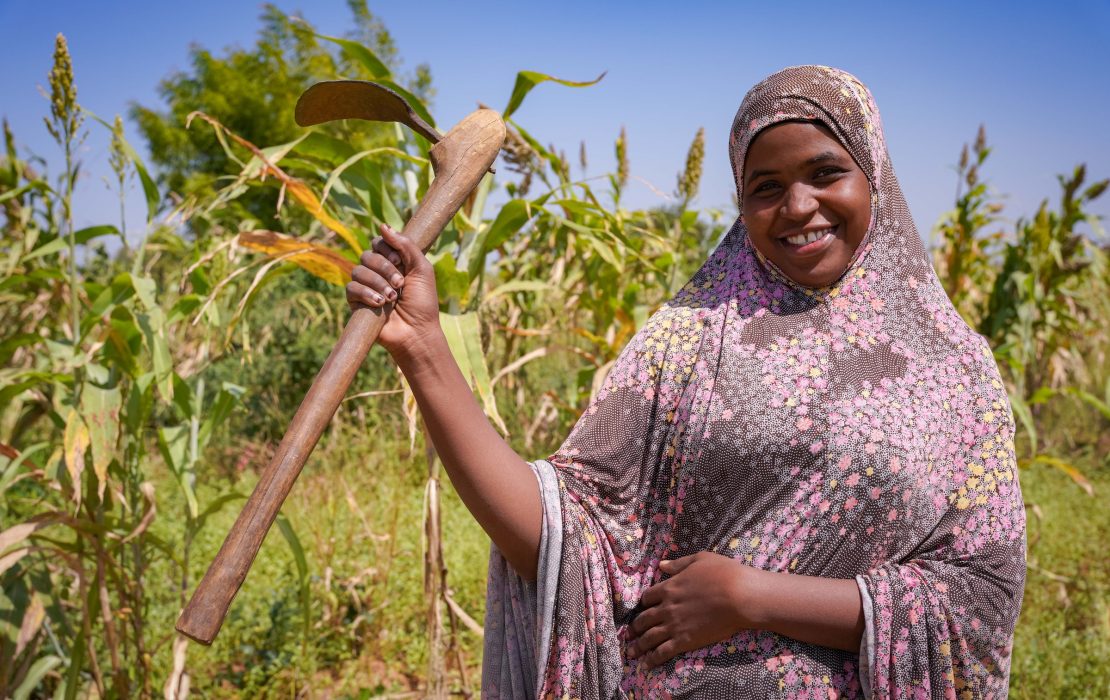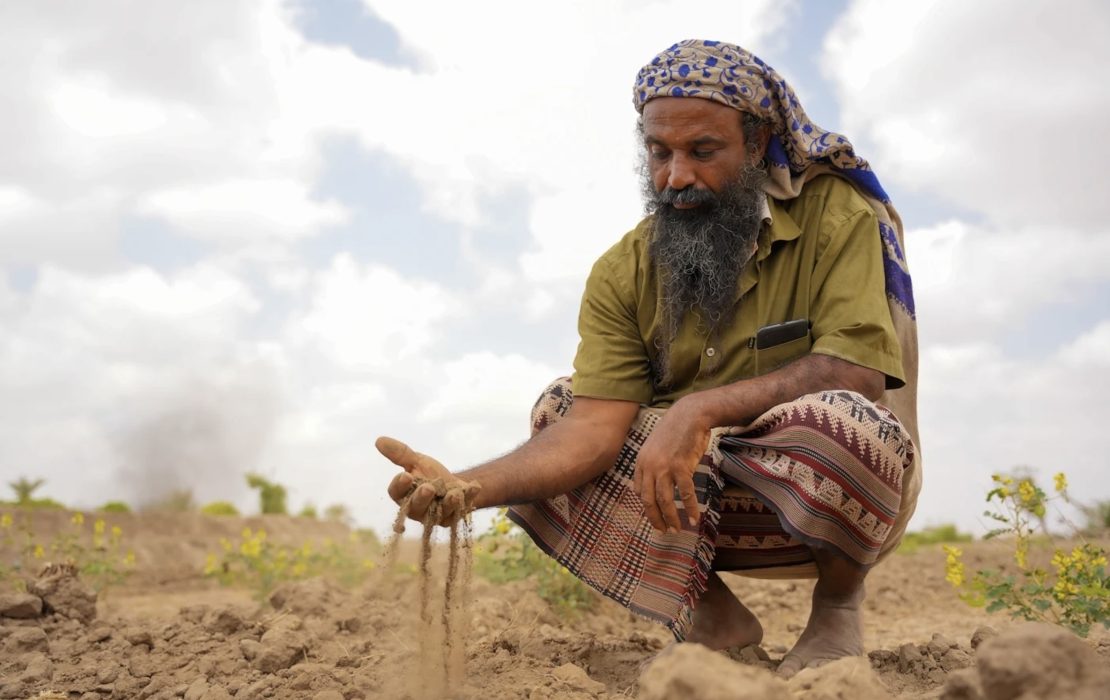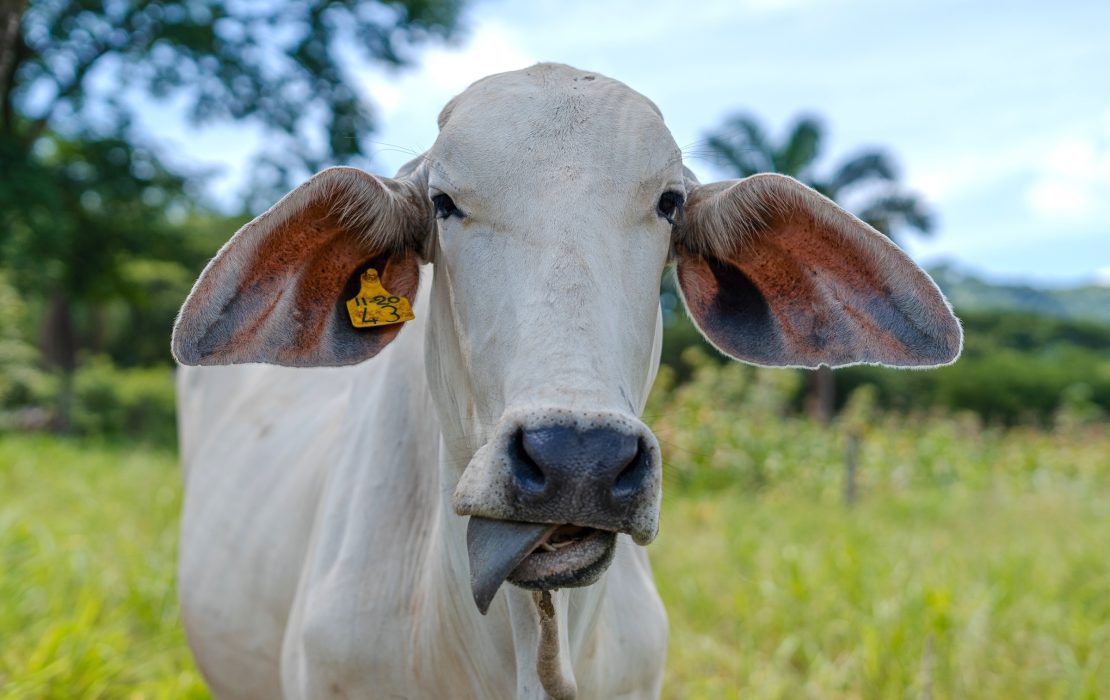0.12%
Share of global GHG emissions
Based on data from Climate Watch (CAIT 2022), developed and maintained by the World Resources Institute. #133
Climate Vulnerability Index ranking
A higher number means a higher vulnerability to climate change. Based on the ND-GAIN Index (2023), developed by the University of Notre Dame. #157
Human Development Index ranking
A lower number means a better human development score. Based on the Human Development Index (2023), developed by UNDP. NDC Status
Côte d'Ivoire submitted its third NDC in October 2025.
Key highlights from the NDC
- The latest NDC by Côte d'Ivoire includes a clear governance structure, explicit costing, enhanced inclusion of gender, just transition, and a monitoring framework.
- Mitigation ambition includes a goal to reduce 70 percent of hydrofluorocarbons (HFC) use by 2035, the introduction of electric vehicles and sustainable aviation fuel and targets related to sustainable forest management, reduced deforestation and reforestation, in the context of REDD+.
- The NDC also significantly expands adaptation with the inclusion of biodiversity, blue economy, circular economy, infrastructure and resilient cities as well as just transition.
- The NDC is fully aligned with the country’s national adaptation plan and provides clarity on how the national development plans and various other existing plans and policies will help achieve the targets.
- The NDC was supported by various partners including UNDP, FAO, ILO, IFAD, IOM, WFP and UNICEF.
Latest Publications
See allThis report outlines best practices and lessons learned for supporting subnational jurisdictional efforts to reduce deforestation.




